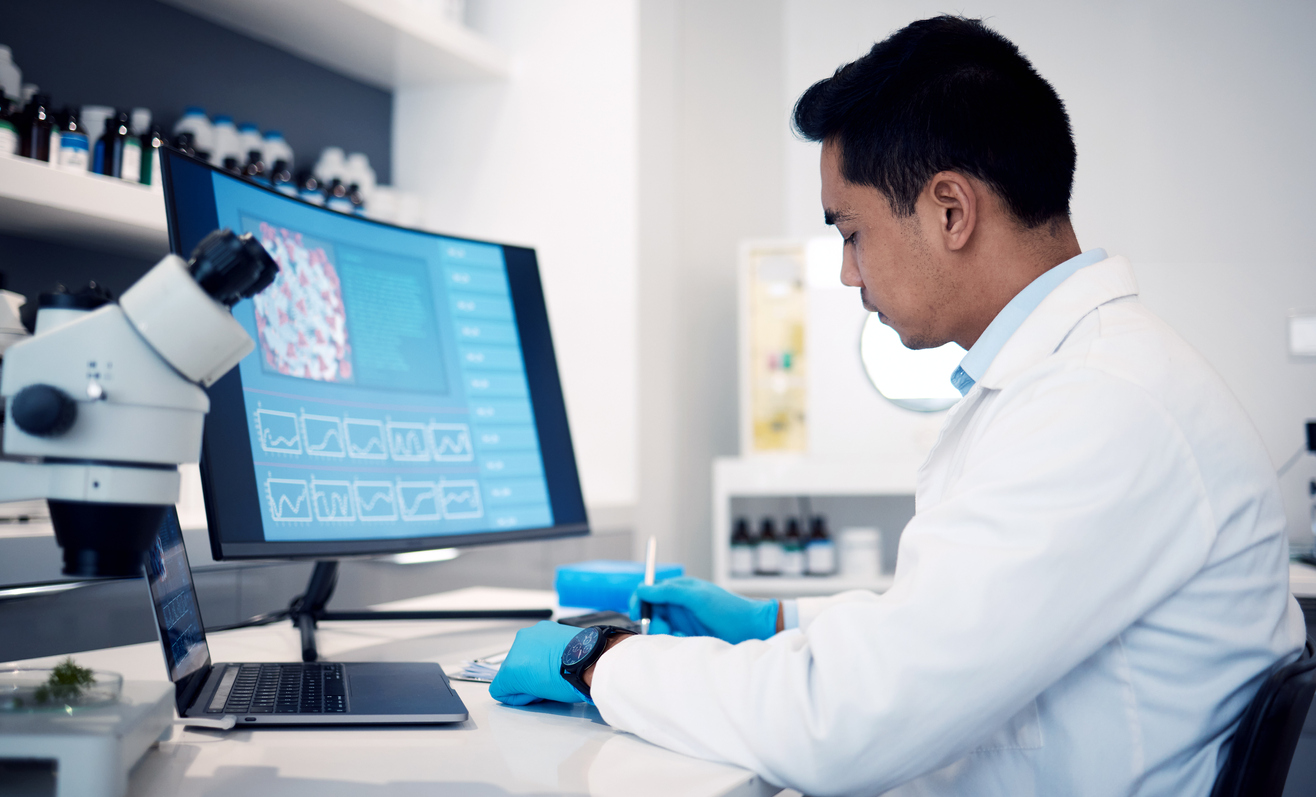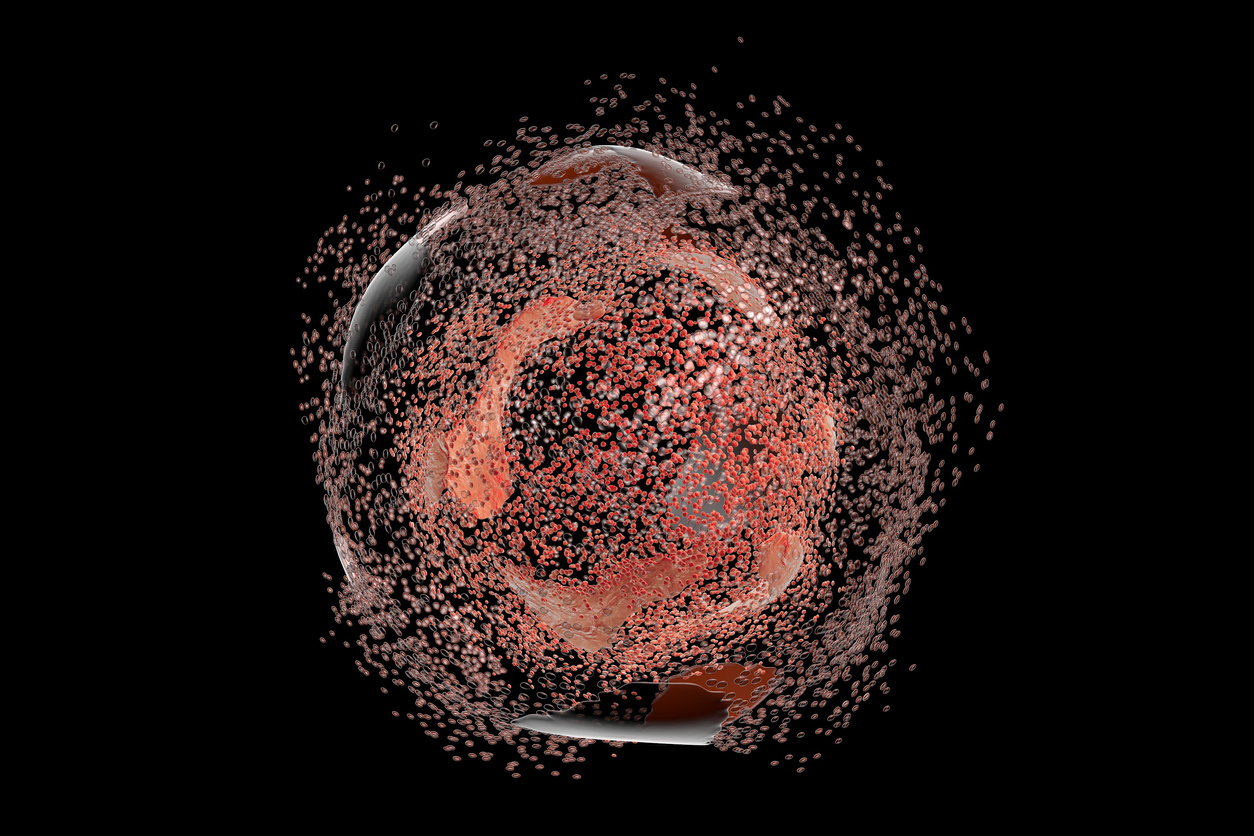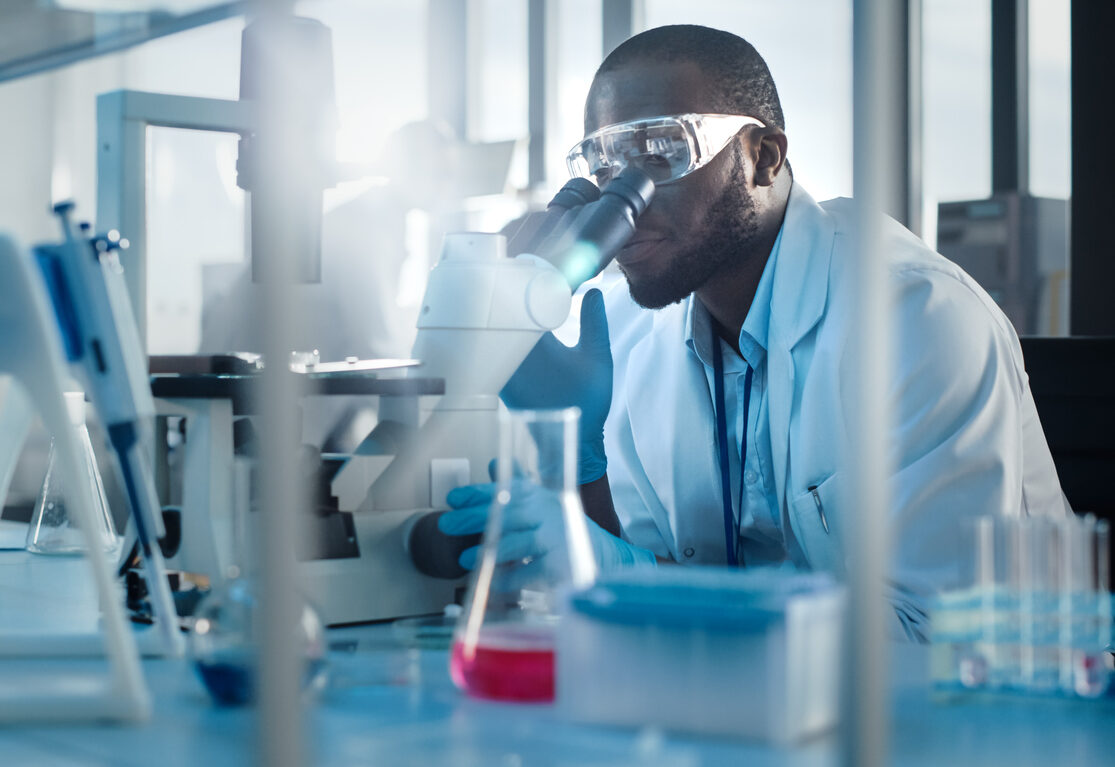Blog
Page 5
Counterflow Centrifugation
Updated on Sep 5, 2025 | Published on May 23, 2023 Share
What Is Counterflow Centrifugation Elutriation? Centrifuges are one of the most commonly utilized laboratory instruments, applicable for cell separation, purification, and harvesting. Counterflow centrifugation elutriation (CCE) is a liquid clarification technique that separates cells suspended in a solution by size and stage. This process operates based on the differing sedimentation rates of cells or particles of different sizes in a liquid medium under centrifugal force. CCE is a valuable method …
An Overview of Activation-Induced Cell Death
Updated on Sep 5, 2025 | Published on Mar 14, 2023 Share
What Is Apoptosis? Cell death is a natural and normal part of the human body’s maintenance mechanisms. Apoptosis means the steady process of programmed cell death that occurs to aid in the body’s growth and development. Apoptosis regulates the life and death of cells, which affects several body processes like cell turnover, growth, immune functioning, hormone distribution, and hormone atrophy. Cell survival or death directly impacts the immune system’s population …
Cell Growth Factors and Development
Updated on Aug 20, 2025 | Published on Mar 9, 2023 Share
What Is a Cell Growth Factor? Cells grow in size as they move through the cell cycle toward eventual mitosis and cytokinesis, or cell division. To move from one stage of cell growth to the next, cells require the stimulation of surface receptors to pass entry checkpoints at each phase of the cell cycle. These signals come from cyclin-dependent kinases (CDK) and their cyclin components. Growth factors are an extracellular …
Types of Induced Cell Death
Updated on May 14, 2025 | Published on Feb 27, 2023 Share
During a potential infection, the immune system relies on accurate and robust cellular activation and expansion. The massive release of activated effector cells can lead to major inflammation. Although this inflammation is necessary to quell the potential infection, the immune system provides safeguards against uncontrolled inflammation to protect the host from damage. The immune system implements checkpoints and controls to manage the number of active T cells and inflammation during …
T Cell Transduction
Updated on Sep 5, 2025 | Published on Feb 8, 2023 Share
What Is T Cell Transduction? The recent development of adoptive cell therapies that specifically and effectively target cancer cells has transformed the field of oncology and the pharmaceutical industry. Early treatments focus on the autologous transfer of a patient’s own cells that have been modified to target their cancer, but newer allogeneic therapies, the transfer of modified cells from a healthy donor, have significant benefits. Modified cells are more readily …
Peripheral Whole Blood
Updated on Aug 20, 2025 | Published on Nov 2, 2022 Share
Peripheral blood circulates within the human body carrying nutrients, chemical messengers, water, and a wide variety of cell types. An array of bone marrow-derived hematopoietic cells – white blood cells and red blood cells – distribute into all areas of the body to defend against invaders and carry oxygen, respectively The most common clinical use for whole blood involves trauma or serious injury in which the patient has lost significant …
Importance of Cell Markers in Cell Separation
Updated on Sep 5, 2025 | Published on Aug 31, 2022 Share
Cell separation is an integral step in various research areas including, but not limited to, immunology, cell therapy, and single cell sequencing. The isolation of a specific cell population allows the behaviors of the individual cell type to be studied without interference from other cells. The cellular isolation strategy varies depending on the cell subset of interest. Deciding on an isolation strategy is also dependent on the sample matrix. Cell …
Human B Cell Isolation: Protocol and Purpose
Updated on Sep 7, 2025 | Published on Aug 24, 2022 Share
B cells and T cells share a common goal: to protect the human body from harmful pathogens. While some cell subsets are more commonly known than others, each cell type is essential to maintaining health. For example, B cells are commonly known, but what some may not realize is their function is to make antibodies, regulatory proteins, and cytokines to aid lesser known effector T cells. To fully understand the …
Self-Antigens vs. Non-Self Antigens: Examples & Cluster of Differentiation Markers
Updated on Aug 20, 2025 | Published on Dec 29, 2021 Share
Antigens are molecules present on the surface of cells that bind to receptors on antibodies or on the surface of lymphocytes. Antigens are classified based on where they originate, and the immune system discriminates between native and foreign antigens in order to fight against pathogens. Immunology research utilizes the binding properties of antigens with antibodies in order to detect, track, and isolate specific cell populations within blood samples. Self …
How Does RBC Depletion Work?
Updated on Sep 5, 2025 | Published on Nov 26, 2021 Share
Sample preparation is often a critical first step in any number of life science workflows. Due to the inherent complexity within samples and diversity between applications, sample preparation needs can vary widely. One common first step is a “cleanup” step to deplete residual red blood cells (RBCs) from the sample before proceeding with downstream analysis. Once the RBCs have been depleted, the resulting blood product can be used across many …






